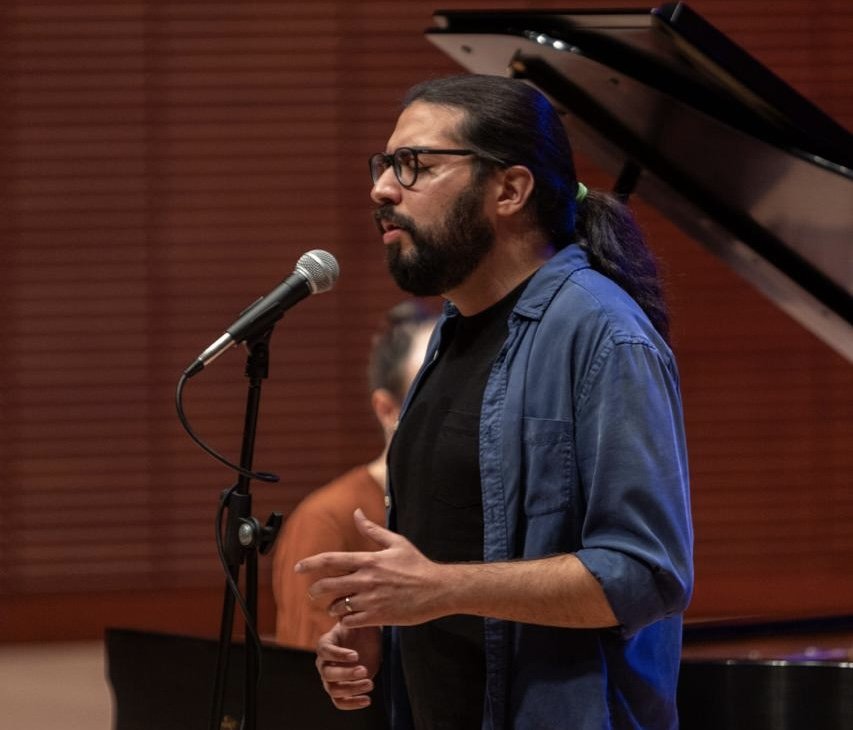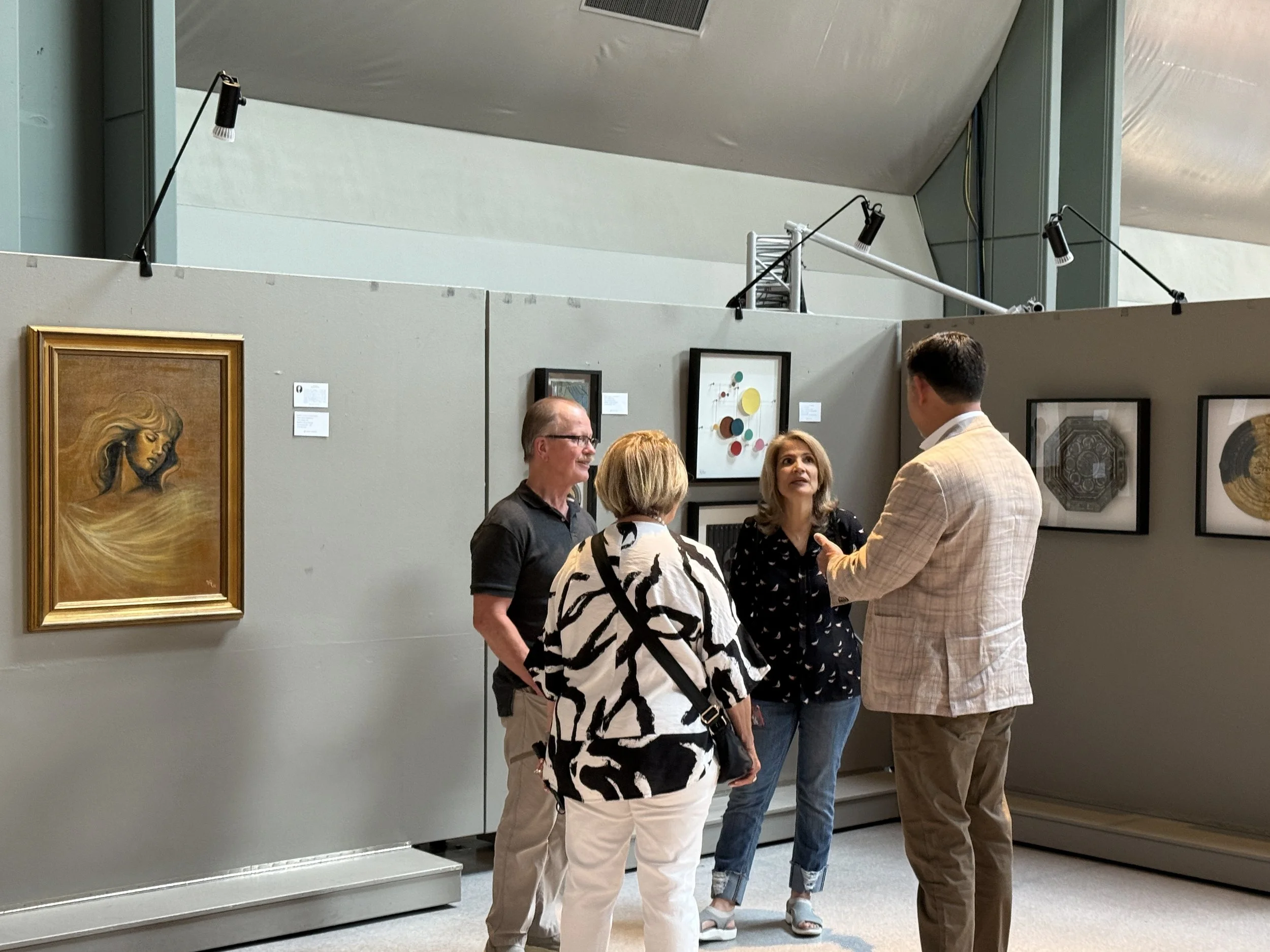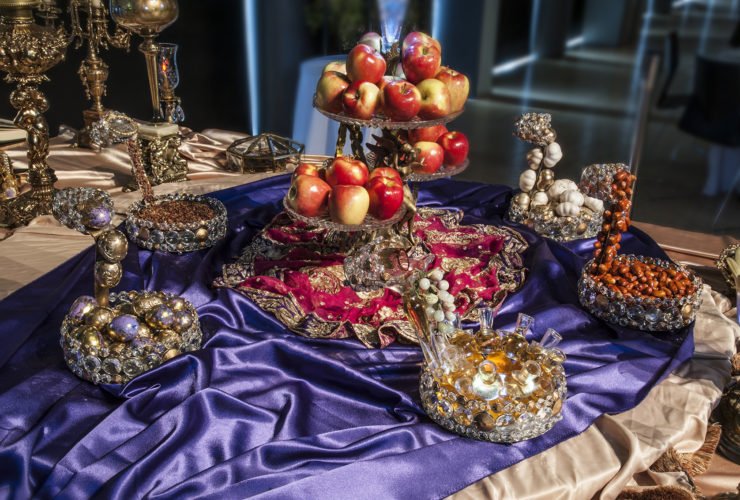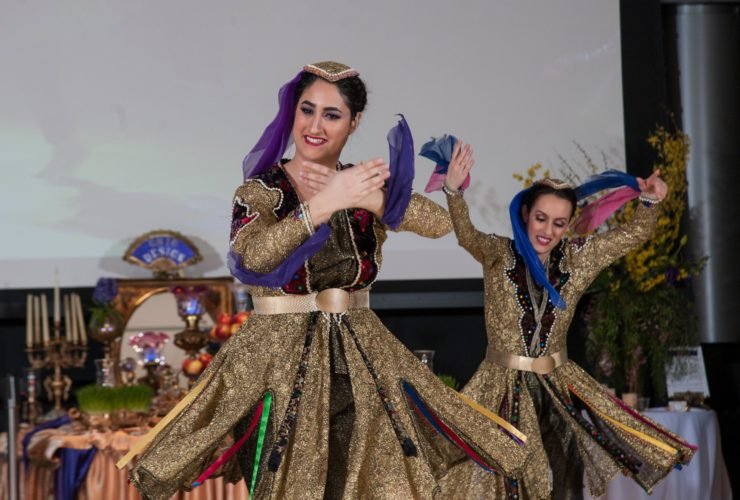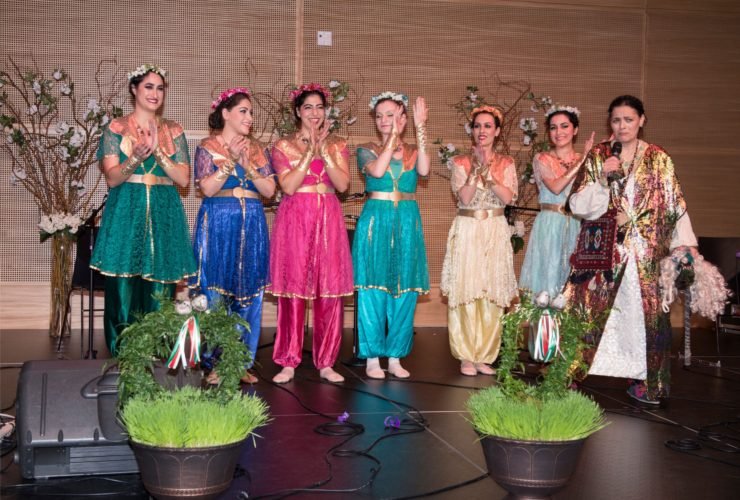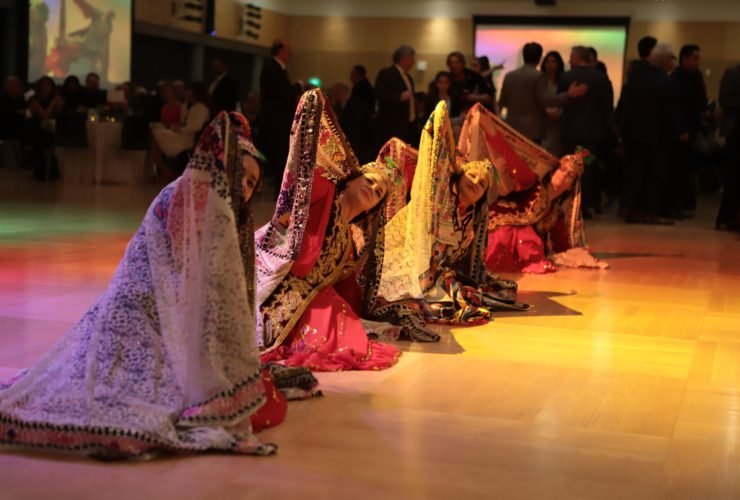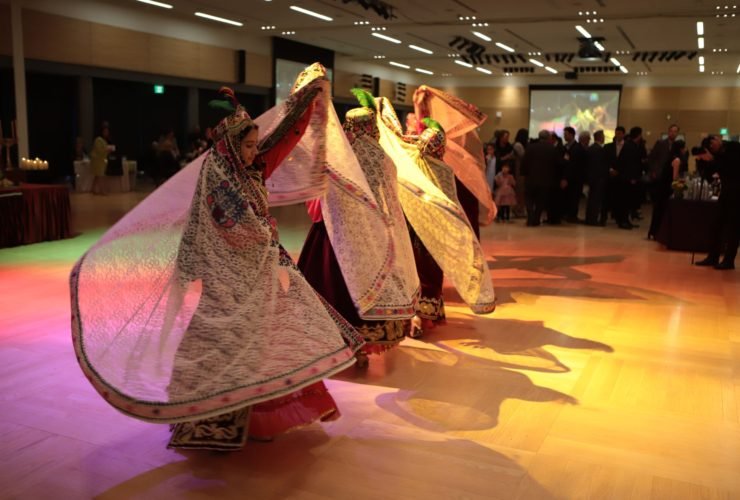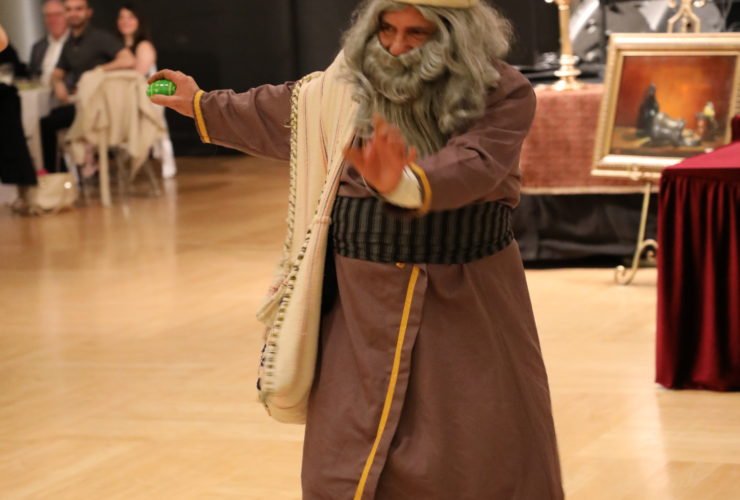Art and Culture
Upcoming Events
Past Events
Performing Arts: Film
Iran Film Initiative
In 2015 the committee members were approached by the Seattle International Film Festival (SIFF) to support & promote Iranian films. The Iran Film Initiative (IFI) was formed with the mission to increase both the number of Iranian films and their audience at the festival. In addition to funding the screening of the films, IFI hosts post-screening events, including lectures by the film delegates often in collaboration with the University of Washington Persian & Iranian Studies Program.
Impact
Increased the number of Iranian films presented at the SIFF
Increased the number of viewers within the community at large
Informed the public on topics related to Iran, Iranian people and their cultural practices and products
Aspirations
Continue to increase community participation and the number of Iranian films at SIFF
Provide educational opportunities for the public
Iran Film Initiative Committee:
Visual Arts
Featured Artist
Amelia Ossorio is a local artist and a graduate of the University of Washington. She studied Persian in the Middle Eastern Languages. Amelia is a member of the Renton Arts Commission and the Bellevue College Art Committee. Her design “We Are Renton”, inspired by the 87 languages spoken by students in the local school district, has been turned into a public art installation in Renton’s bustling downtown area. Just down the street, her art is on display at the Boon Boona coffee shop, which is an exclusively African coffee roaster. On the Bellevue College campus, Ossorio has a mural entitled Knowledge is Power, which highlights and celebrates international students at the school.
Her artwork can be found online under the name @sensitive.cactus.
Artist Interviews
Artist: Siavosh Jaraiedi
Maryam Hajjar of Peyvand Artists Group interviewed Siavosh Jaraiedi during his Dance of Silence Exhibit.
Cultural Events
Haft Seen Table for Nowruz. Photo credit Behnam Norouzi
Nowruz
Nowruz is the Iranian New Year, also known as the Persian New Year, which begins on the spring equinox. Nowruz marks the first day of Farvardin, the first month of the Iranian solar calendar. It is celebrated worldwide by various ethno-linguistic groups, and falls on or around March 21 of the Gregorian calendar. In 2021 Nowruz fell on March 20th.. As the spring equinox, Nowruz marks the beginning of spring in the Northern Hemisphere. The moment the Sun crosses the celestial equator and equalizes night and day is calculated exactly every year. Nowruz has Iranian and Zoroastrian origins; however, it has been celebrated by diverse communities for over 3,000 years in Western Asia, Central Asia, the Caucasus, the Black Sea Basin, the Balkans, and South Asia. It is a secular holiday for most celebrants that is enjoyed by people of several different faiths, but remains a holy day for Zoroastrians, Baháʼís, and some Muslim communities. Families celebrate by gathering together and observing several rituals. Nowruz has been celebrated since the reform of the Iranian calendar in the 11th century CE and in 2010 the United Nations officially recognized the "International Day of Nowruz" with the adoption of UN resolution 64/253.
Shab-e-Yalda
Also known as Yalda Night or Shab-e Chelleh is one of the most ancient Iranian festivities celebrated annually on December 21st. Shab-e-yalda is the last night of autumn and the longest night of the year. Yalda means birth and it refers to the birth of Mitra; the mythological goddess of light. As days get longer and nights get shorter in the winter, Iranians celebrate the last night of autumn as the renewal of the sun and the victory of light over darkness. On Shab-e-Yalda, people gather with friends or relatives usually at the home of grandparents and elders. They pass the longest night of the year by eating and drinking, reading Hafiz poems, wishing each other well, talking and laughing all together. Foods traditionally consumed during this holiday include nuts, watermelons, and pomegranates. Some believe that watermelon symbolizes the sun by its spherical shape while others believe that eating watermelon keeps one safe from being hurt by winter diseases and the cold. Pomegranate is also a symbol of birth and its bright red seeds symbolize the glow of life.
Chaharshanbe Suri
(Persian: چهارشنبهسوری, 'The Scarlet Wednesday', is an Iranian festival celebrated on the eve of the last Wednesday before Nowruz (the Iranian New Year). It is celebrated by jumping over fire. Before the start of the festival, people gather brushwood in an open area to create a bonfire then at sunset, they jump over the flames and recite a poem. As they jump over these fires they will sing “sorkhi-ye to az man, zardi-ye man az to” literally meaning "[let] your redness [be] mine, my paleness yours". This is considered a purification practice. Another ritual done on this holiday is spoon-banging, this custom is similar to trick-or-treating and is called qāšoq-zani (قاشقزنی), literally translated as "spoon-banging". It is observed by people wearing disguises and going door-to-door to hit spoons against plates or bowls and receive packaged snacks.



